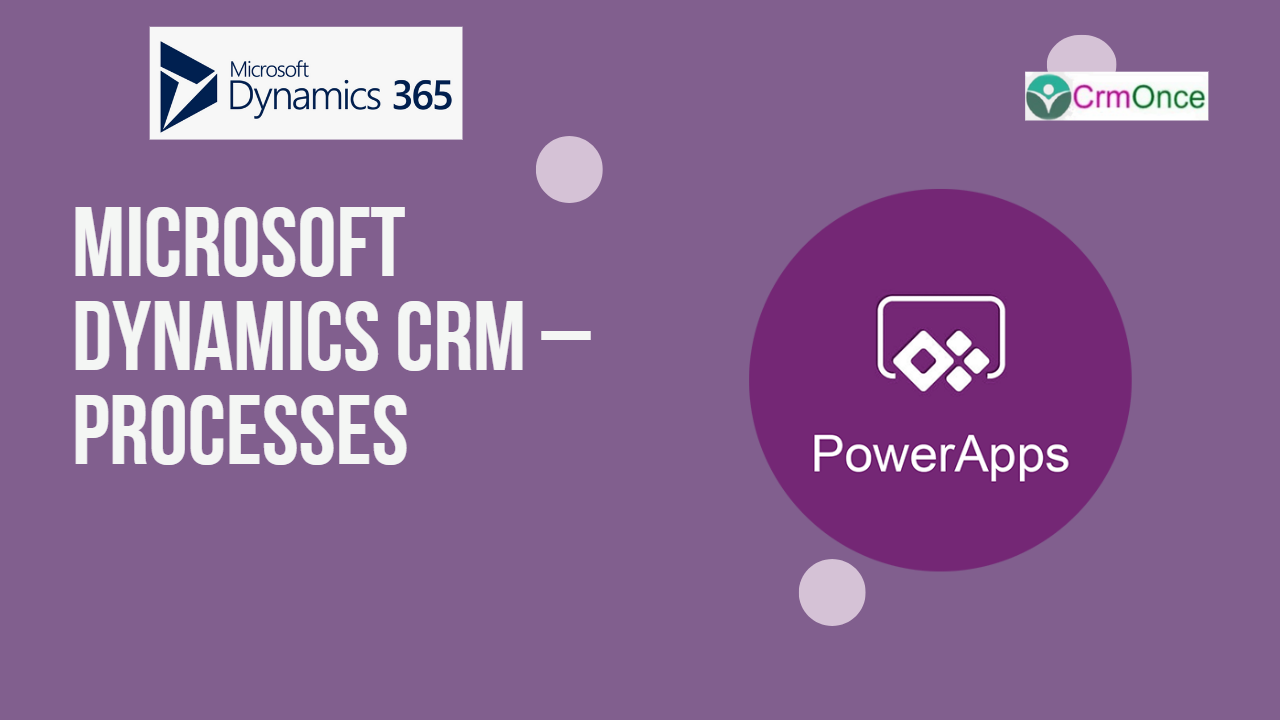Microsoft Dynamics CRM is a Customer Relationship Management software developed by Microsoft Corporation. It is used for managing a company’s relationship with customers and to organize, automate, and synchronize sales, marketing, customer service, and provides technical support. Microsoft Dynamics CRM users can customize dynamics CRM without code. It helps to reduce costs and increase a company’s profit.
Processes in Dynamics CRM helps customers to focus on their work instead of on remembering to do a set of manual steps.
There are four types of processes, each one is designed for a specific purpose in Dynamics CRM.
In this blog, We will discuss two types of process and their respective uses.
1.Business Process Flow.
2.Workflow
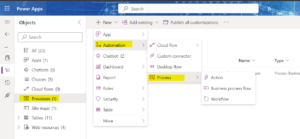
Business Process Flow
Business Process Flow provides working methods that guides customer through the processes using Stages and Steps to perform their tasks effectively. Business process flow is divided into a set of stages, and each stage contains at least one step (fields in entity that are currently on). Moreover, we can customize the business flow based on the requirement by simply adding or removing steps , changing the orders, or adding new entities to the process. Each business process flow should not be more than 30 stages (each stage should not be more than 30 steps) and allows a maximum of five entities if it is a `multi-entity’ process.
Steps to Create a Business Process Flow in Dynamics CRM
Enter a process name(this does not need to be unique but at the same time it should be meaningful).
Select Business Process Flow (We cannot change the category once done) in the Category List.
Select the Table/Entity you want to base the process in the Table/Entity List and then choose Create.
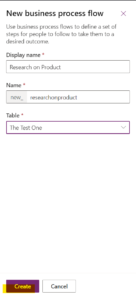
Now the business process flow is created with predefined stage.
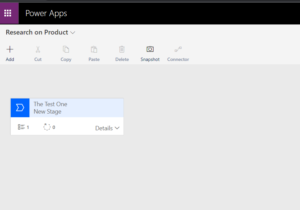
Add stages using stage component, if your users will progress from one business stage to another in the process.
select a category for the stage. The category (such as Quality or Develop) appears.
Add steps in the stage using listed fields from the drop-down list(Entity Fields).
Add a Work flow to stage from the Components tab to a stage or to the Global Work flow item in the designer.
Click Validate and Save the process as a draft if you want to work further on or Click “Activate” to make it available to your team.
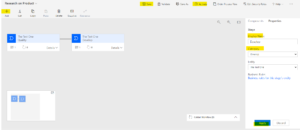
Work Flow
Workflows in Dynamic CRM is used to perform Automatic Processes without any user interface and can optionally require a input from the customer. Workflows can be triggered based on specific conditions or to be started manually by the users.
Process->New->Automate->Process->Workflow

In the Corner it will open a dialog box We need fill Display name->Table/Entity->Strat form ->Blank
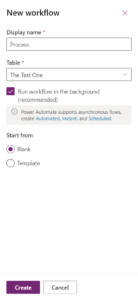
1.Active As: You can select Process template to create an advanced starting point for other templates. If you choose this option, after you activate the workflow it will not be applied but instead it will be available to select in the Create Process dialog if you select Type: New process from an existing template (select from list)
Process templates are convenient when you have a number of similar workflow processes and want to define them without duplicating the same logic.
2.Entity : Each workflow process must be set to a single entity. You can’t change the entity after the workflow process is created.
3.Category: Select Work flow Process (We can’t change the category once done) in the Category List.
4.Available to Run: To set the scope in which the workflow will run. Following are the supported workflow scopes
- Run this Workflow in the background (recommended) – This check box reflects the option you selected when you created the workflow. This option is disabled, but you can change it from the Actions menu by choosing either Convert to a real-time workflow or Convert to a background workflow.
- As an on-demand process – To select if we want to allow users to run this workflow from the Run Workflow
- As a child process – Choose this option if you want to allow the workflow to be available to be started from another workflow.
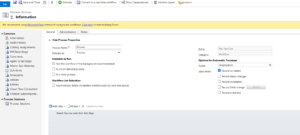
Options for automatic Processes:
Scope: The workflow logic can be applied to any record in the organization if we select Organization (The default value is User). Otherwise, the workflow can only be applied to a subset of records that fall within the scope.
Start When: Here , we can specify when a workflow should start automatically. You can configure a real-time workflow to be run before certain events. This is a very powerful capability because the workflow can stop the action before it occurs. The options are 1. record is created, 2. record status changes, 3. record is assigned, 4. record field value changes and 5. record is deleted.
Workflow Job Retention:
This is used to delete a workflow after the workflow execution has completed automatically(to save disk space).
Workflow Steps:
We can create a set of steps in logical stages which the workflow will follow based on actions that we are selected. For example , we will configure sending email .
Add step –> Select “Send Mail”
Next, A new step will be added. Enter its name as Send a email . Click Set Properties
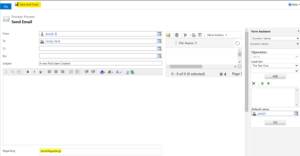
Save In the next window to configure email, perform the operations like From, To, Subject, and Body
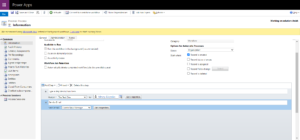
Finally, In the Workflow Process , Click “Activate” to make it available process in the CRM.
For any Help or Queries Contact us on info@crmonce.com or +918096556344.
